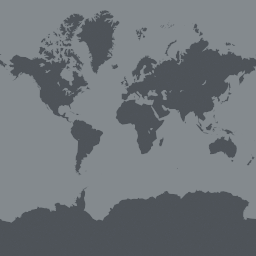This project's main objective is to organize biodiversity data collected in Kenya’s protected areas since the 1950’s. The data include records of terrestrial and marine species, threatened species and invasive alien species, currently stored in different formats and scattered across the Kenya Wildlife Service headquarters and its field stations.
The Kenyan Wildlife Service has a longstanding biodiversity research department in existence since the 1960s. A substantial amount of data exists from ecological monitoring and research activities but remains largely unpublished, which this project will address. Mobilized data will be published through GBIF and GBIF Kenya, and will be incorporated into relevant biodiversity management policies in Kenya through the close involvement of the Kenya Wildlife Service with the Ministry of Environment and Natural Resources. The project therefore offers a timely opportunity where current and historical information can be organised to inform wildlife decision making.
The project envisages the mobilization of more than 100,000 biodiversity data records.
Project Progress
To date, the project has implemented two activities comprising of participation in the BID Capacity Enhancement Workshop held in Rwanda and a data organisation workshop.
The inception workshop was attended by 30 staff members of Kenya Wildlife Service and Nature Kenya and introduced the project main objectives. Through this activity, staff capacities were strengthened in relation to data cleaning and mapping techniques using Darwin Core standard and OpenRefine tools. In addition, an outcome of the workshop has been a better understanding of biodiversity datasets that exist in Kenya Wildlife Service's field stations and also at Nature Kenya. A biodiversity training workshop was held to address the skills gap in KWS data users, providing the appropriate tools to handle spatial data and mobilize biodiversity information collected by field scientists.
A list of datasets to be prioritized for standardization based on data users needs was defined. During the next phase of the project, datasets will be obtained for publication by negotiating with data custodians internally and externally to the Kenya Wildlife Service. This data will be used to support management plans for key wildlife protected areas in Kenya.
The project has held workshops and meetings in Naivasha, Nakuru and Nanyuki where the quality of data mobilized was enhanced. This included data collation, verification, cleaning, digitization and GIS database development. A data dissemination workshop was held in the start of December 2018 at the Kenya Agricultural and Livestock Research Organization (KALRO) in Naivasha.
A Kenya Wildlife Service (KWS) employee participated in the BID Capacity Enhancement workshop on biodiversity data mobilization in South Africa in 2018. The employee gained knowledge on biodiversity data digitizing, cleaning and publishing using the Integrated Publishing Toolkit (IPT).
20 scientist have been trained on QGIS and in image processing using Land Impact Tool, Ornithology and Bioinformatics, as KWS needed more GIS and Remote Sensing staff.



